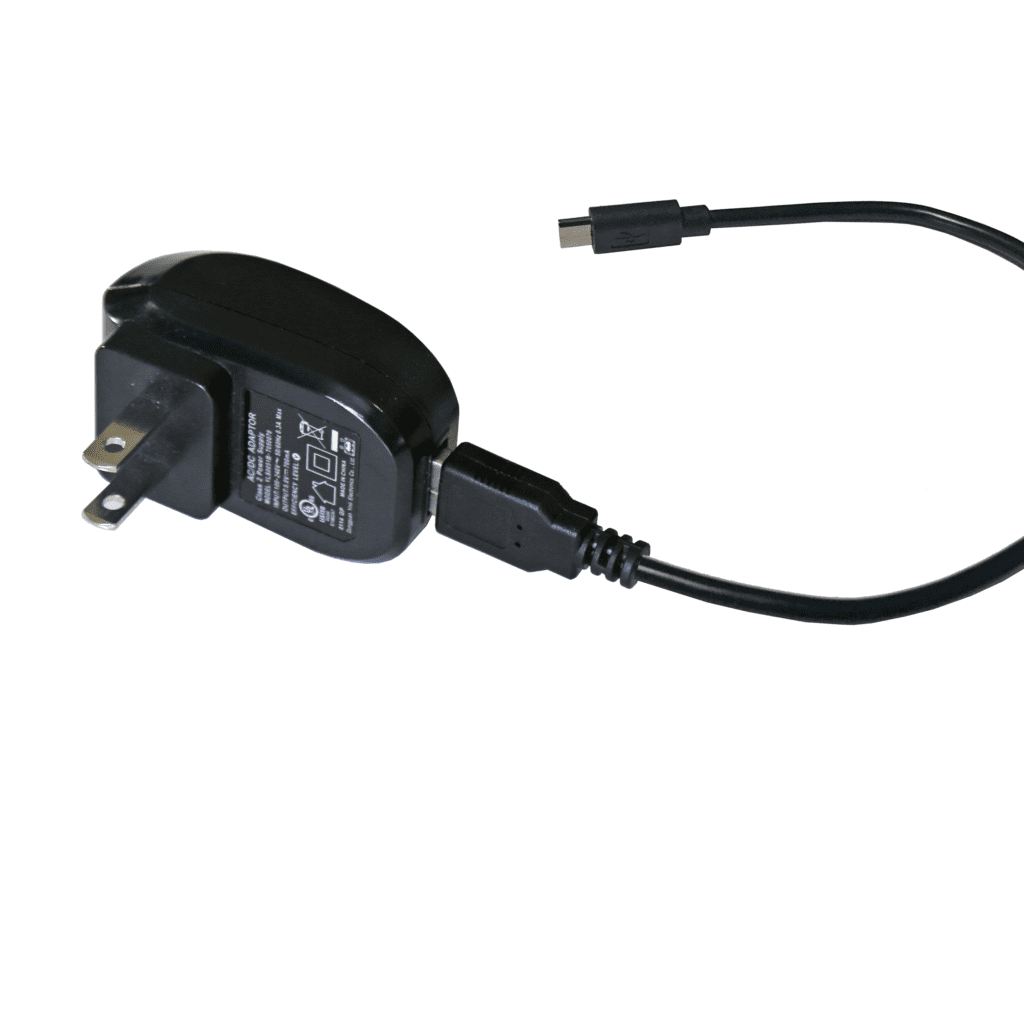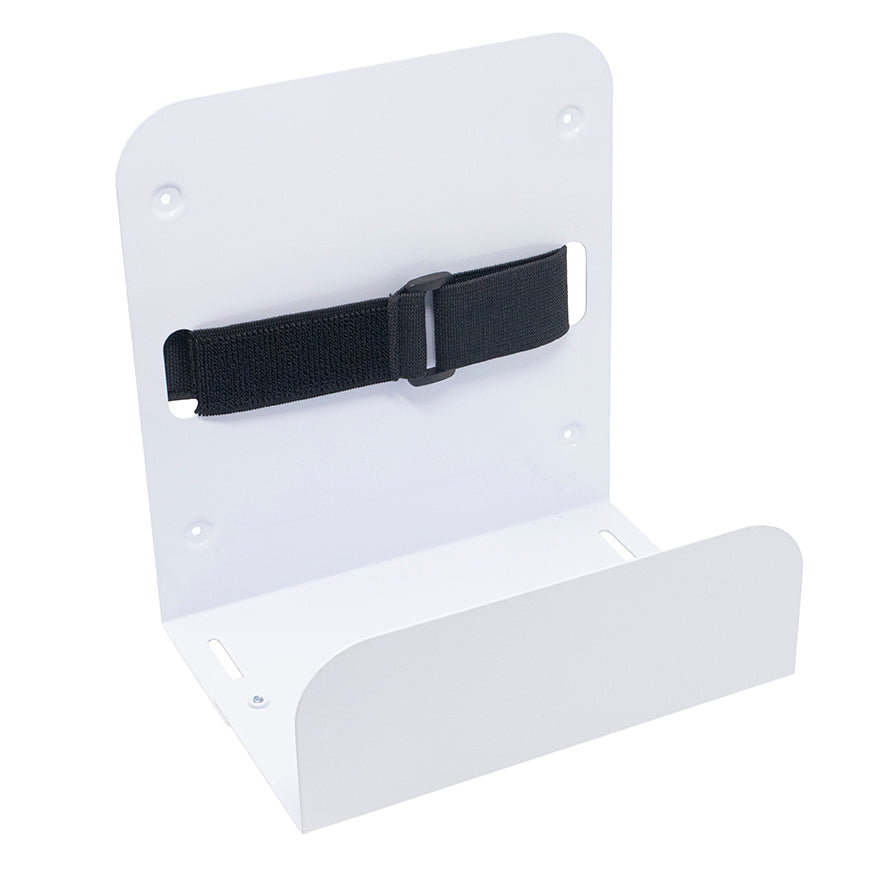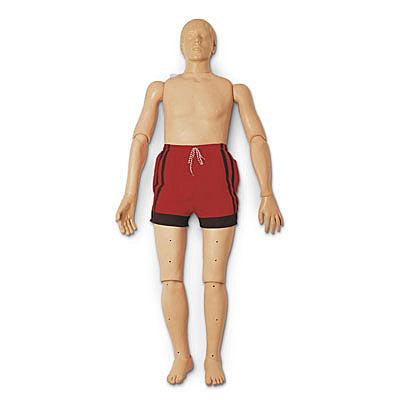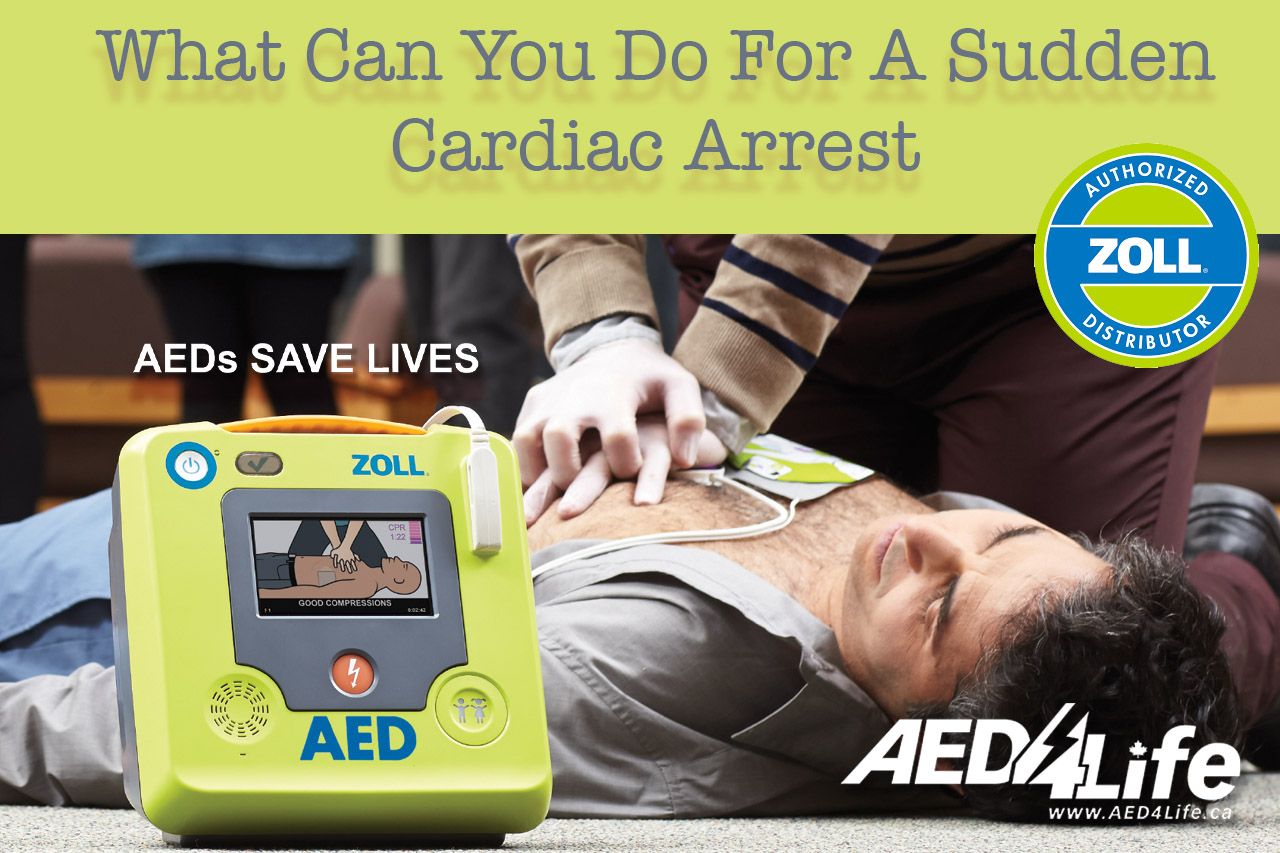In a cardiac arrest situation while you are waiting for fire, or paramedics to arrive, it's crucial to take immediate action to maximize the chances of survival. Follow these steps:
1. Call 911: The first and most critical step is to call emergency services (911) to ensure professional help is on the way. Provide clear information about the location and the person's condition.
2. Check for Responsiveness: If you are with the person experiencing cardiac arrest, check for responsiveness. Gently tap their shoulder and shout loudly to see if they respond. If they are unresponsive or not breathing normally, assume it's a cardiac arrest.
3. Begin CPR: Start cardiopulmonary resuscitation (CPR) immediately. Push hard and fast in the center of the chest (at least 2 inches deep and at a rate of 100-120 compressions per minute). If you're not trained in CPR, follow the instructions provided by the 911 dispatcher. CPR helps maintain blood flow and oxygen delivery to vital organs.
4. Use an AED if Available: If an automated external defibrillator (AED) is nearby and accessible, follow the device's instructions to use it. AEDs can analyze the heart rhythm and deliver a shock if necessary. Continue CPR until the AED advises otherwise.
5. Delegate Responsibilities: If there are other people present, delegate tasks. One person should continue CPR, another can locate and bring the AED, and someone else can guide emergency responders to the scene.
6. Provide Information: When emergency services arrive, provide them with accurate information about what you've done so far, the person's condition, and any other relevant details. This helps them assess the situation more effectively.
7. Stay Calm and Follow Instructions: It's essential to remain as calm as possible during this stressful situation. Follow the instructions of trained professionals when they arrive. They will take over and continue advanced life support measures.
Remember that the actions you take in the first few minutes of a cardiac arrest can significantly impact the person's chances of survival. CPR and early defibrillation with an AED are critical components of the chain of survival, and your prompt response can make a difference until professional help arrives.














